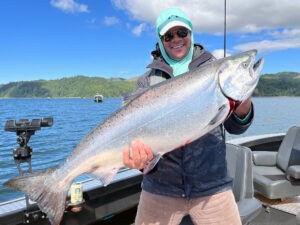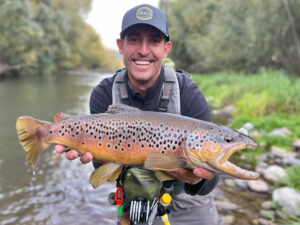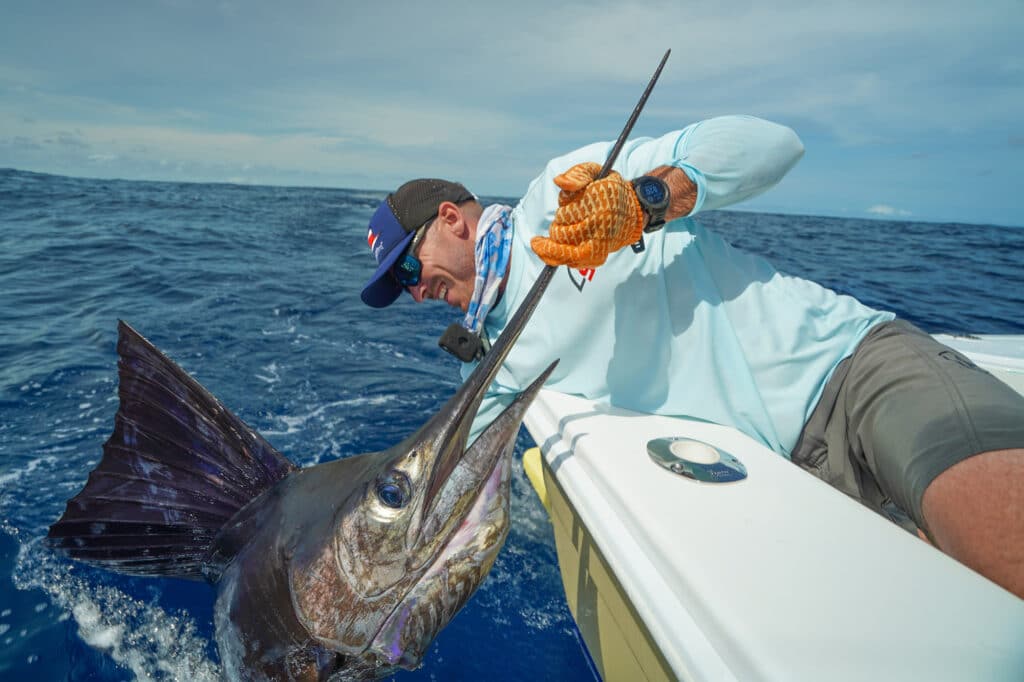
With a wealth of well-established marinas, resorts and fishing charters all along Costa Rica’s 630-mile Pacific coastline, visiting anglers will find no shortage of options in this small heavily jungled Central American Mecca for tourists. Besides its pristine beaches, Costa Rica offers visitors tropical rainforests, mostly protected and teeming with wildlife, as well as mountains (as high as 12,500 feet) and volcanoes to explore. The country has become known internationally as an eco-tourism center.
But of course, it’s also well known for its great sportfishing, with many options and well-established infrastructure for enthusiasts. Those options include entirely different fisheries on Pacific and Atlantic coasts. The Pacific side is larger and receives the lion’s share of sport-fishing effort in three major areas: Guanacaste in the far north (Tamarindo, Flamingo, Papagayo); the central coast (Los Sueños, Quepos) and the southernmost coast (Osa Peninsula, Golfito).
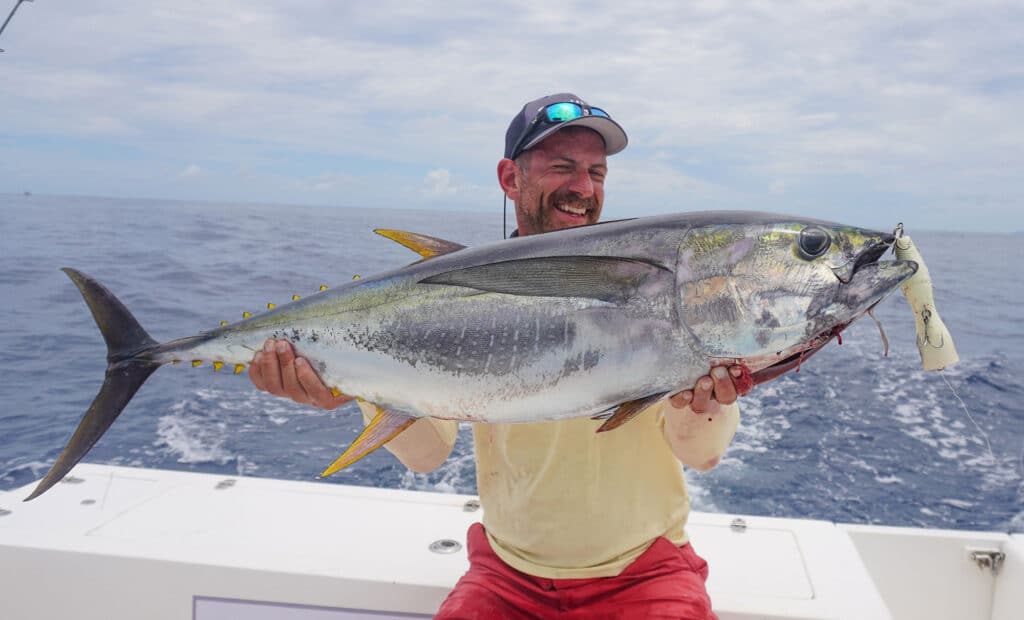
These are the major game fish that anglers come to Costa Rica to catch:
Marlin – It’s possible here to catch all three marlin species in a day: blue, black and striped. Blues are particularly prevalent and the advent of anchoring FADs — fish-attracting devices — to offshore seamounts has led to some amazingly productive blue marlin fishing, mid spring through mid fall on the central coast. Since the FADs are 60 to 130 miles out, most FAD operations book trips for two, three or four nights out. Dorado (mahi) are a likely bonus on FAD trips.
Sailfish – They can be numerous enough that double-digit days are not at all uncommon. These are big fish — bigger than western Atlantic sails, running 75 to 100 pounds on average and sometimes much larger. The majority are caught on trolled rigged ballyhoo, but there are good opportunities for fly-fishermen as well (it’s worth noting that 10 of 15 tippet-class fly-rod records for Pacific sailfish came from Costa Rica).
Roosterfish – Central America’s high-finned, high-status inshore game fish, roosters are abundant all along the country’s rocky/sandy Pacific coastline, making it an iconic species for the country. Slow-trolling live blue runners or small tunas provides most of the roosterfish hookups though the powerful fish will hit poppers and stickbaits and at times, flies as well.
Yellowfin Tuna – The Pacific off the coast of Costa Rica is definitely tuna country, where anglers look for big pods of spinner dolphins, knowing well the symbiotic association between the mammals and yellowfin. Often where you find one, you find the other. Add in diving birds and get ready. And tuna action for anglers has gotten even better in recent years, thanks to a 2014 Tuna Decree that prohibited big purse seiners from operating within 45 miles of the nation’s coast.
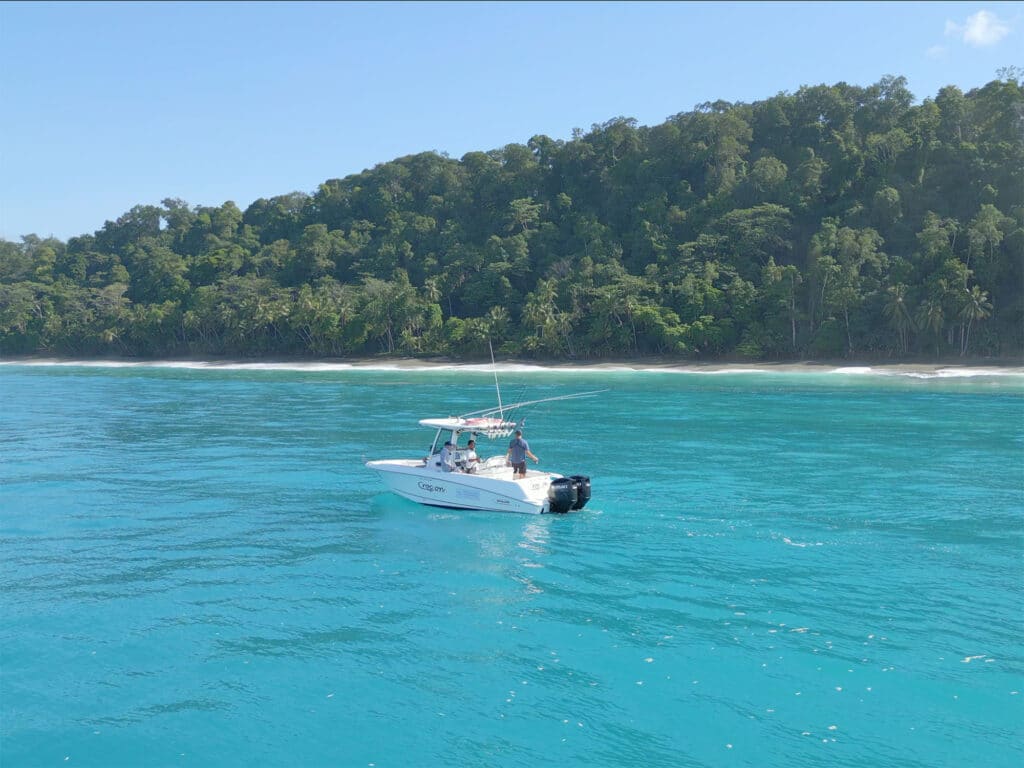
Planning a Trip
When to Go: Like most great fishing destinations, plenty of opportunities await year-around, but peak times vary in part by area. So, on the central and north coast, late spring/summer offer the best chances of blue marlin while winter might be a better bet in the country’s southern reaches. For sailfish, hit the north coast in summer and winter/spring along the central and south coast. Yellowfin all year for the most part, though the far north is generally best in the summer. For roosterfish and Pacific cubera: any time, any place. The Atlantic-side tarpon fishery is all year, though October-November often prove to be peak months.
Where to Go and How to Get There: Most visitors fly into the country’s capital city, San Jose. The other alternative for international flights is the newer Guanacaste airport in Liberia. The San Jose airport requires a 30- to 45-minute ride to most of the city’s hotels. A variety of small airlines offer in-country service to both coasts. Winter into early spring on the Pacific is a bit drier and a bit windier in general, while summer through mid-fall days are usually calm but often with heavy interior showers spreading out toward evening. Whenever you plan to go, booking far in advance is advisable.
What to Expect: Costa Rica offers fishing resorts, marinas and charters all along its Pacific coast and several in the Rio Colorado and Parismina area on the Caribbean. Boats available for charter can range from small pangas for inshore/nearshore fishing (always check for basic safety equipment including VHF radio) to convertible sport-fishers more than 60 feet long for offshore/FAD trips. While Spanish is the official language of Costa Rica, it’s common to find locals who know at least some English. You’ll need a valid passport to enter the country — and a return flight ticket, proof of which you’ll have to provide to immigration at your time of arrival. Exchange rates for Costa Rica colóns are usually better at the airport, though U.S. dollars are generally accepted and desirable, so bring some U.S. currency. Pay the $29 departure tax before your departure day if it isn’t included in the return flight cost, as lines to pay can get long at the airport.
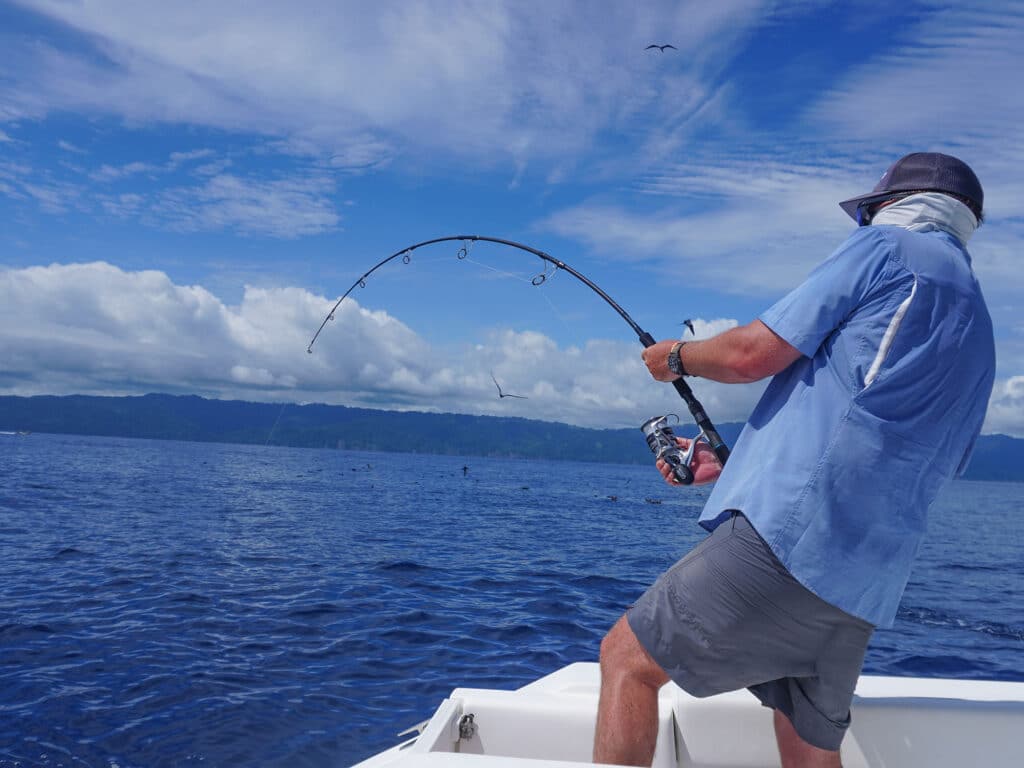
Helpful Links
There is so much more to do in the country in addition to fishing — ziplining, whitewater kayaking, mountain hiking, horseback riding and more.




